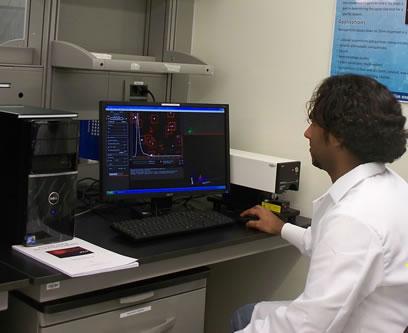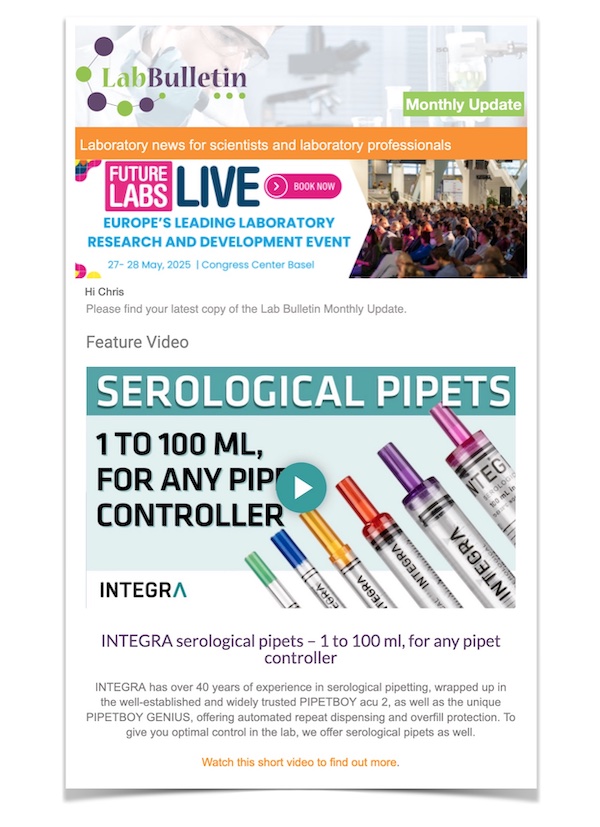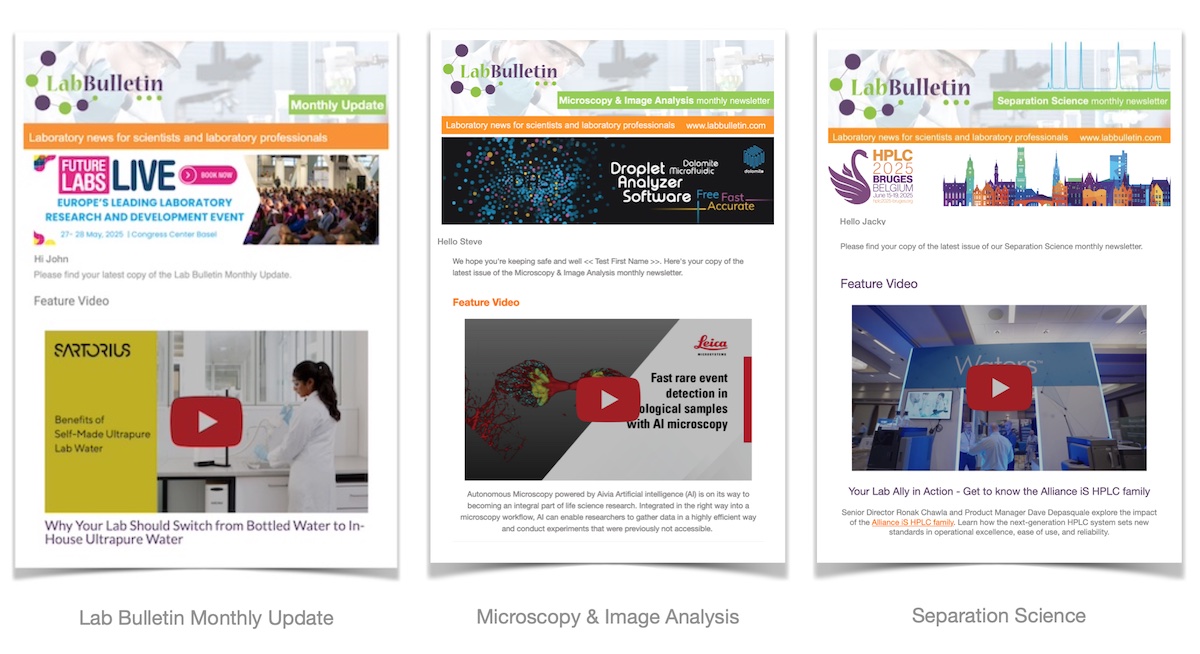Members Login

Channels
Special Offers & Promotions
King Abdullah University for Science & Technology uses NanoSight Characterization System to Aid their Water Desalination & Reuse Research Programs
 The Water Desalination & Reuse Research Centre is part of King Abdullah University for Science & Technology, located at Thuwal beside Jeddah city in the Kingdom of Saudi Arabia. The mission for the Centre is to contribute research and development toward the integrated and sustainable exploitation of impaired-quality drinking water sources with a minimization of energy use, chemical use, waste residuals, environmental impact and carbon footprint. Nanoparticle size and count is vital to these research activities and the Division has selected the NanoSight LM20 employing nanoparticle tracking analysis, NTA, to aid their research.
The Water Desalination & Reuse Research Centre is part of King Abdullah University for Science & Technology, located at Thuwal beside Jeddah city in the Kingdom of Saudi Arabia. The mission for the Centre is to contribute research and development toward the integrated and sustainable exploitation of impaired-quality drinking water sources with a minimization of energy use, chemical use, waste residuals, environmental impact and carbon footprint. Nanoparticle size and count is vital to these research activities and the Division has selected the NanoSight LM20 employing nanoparticle tracking analysis, NTA, to aid their research.The Laboratory Manager is Dr. Faisal Wali. He describes what is important for the research activity: "Our problem is colloidal fouling. This is because it causes interruption in the membrane processes. Researchers are looking for different possibilities to avoid particle contamination prior to their direct interaction with membranes. To get around this challenge, the correct and accurate detection of the nanoparticles in different kinds of water is required. The Water Desalination and Reuse Centre consider this is very important to explore in the future."
He continues: "The Centre seeks to study the treated sea water after using different types of membranes. The data collected using the NanoSight LM20 will provide a guide to understand on how membranes affect the removal of nanoparticles and get more information on what is in our sea water."
"As well as using NanoSight's LM20 system, the Centre is using a variety of other established particle characterization techniques such as Dynamic Light Scattering (DLS) and NIBS (non-invasive back scatter) technology. However, each has deficiencies in terms of parameters such as sample preparation and speed of use. NanoSight has the unique advantage of providing particle sizing and counting in real time, recorded in a video file which may be used for further calculations. Because we are able to visualize the sample, we have more confidence in our results. Individual particle tracking enables a much better peak resolution than DLS so making it better suited to the study of well-treated water. It gives an approximate particle concentration while letting us see bacterial contamination easily as "swimming" particles."
To learn more about nanoparticle characterization using Nanoparticle Tracking Analysis, NTA, please visit the company website (www.nanosight.com) and register for the latest issue of NanoTrail, the company's electronic newsletter.
Media Partners


